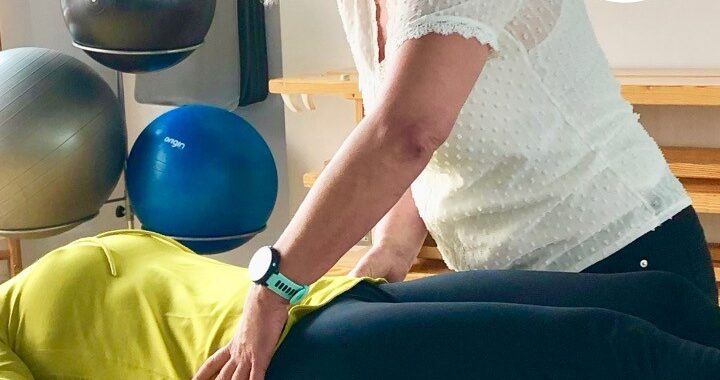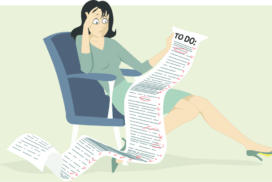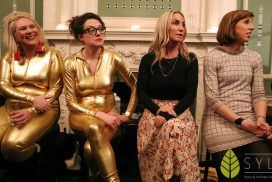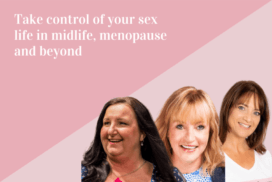Guest blogger Christien Bird is a women’s health physiotherapist and co-founder of the health and fitness professional training platform Menopause Movement. She recently talked solutions for improving sexual discomfort in perimenopause and menopause at Sylk-sponsored Menopause Movement event, The Pleasure Zone. Read what she has to say about the all too common vaginal atrophy, and what you can do to help.
So many different names for Vaginal Atrophy! What is it, and what should we really call it?
The menopausal vagina is very different from the vaginas and vulvas of our reproductive years. Oestrogen, our main female reproductive hormone, drives the changes. When oestrogen runs low, the vaginal and urinary tissues suffer, causing what used to be termed vaginal atrophy.
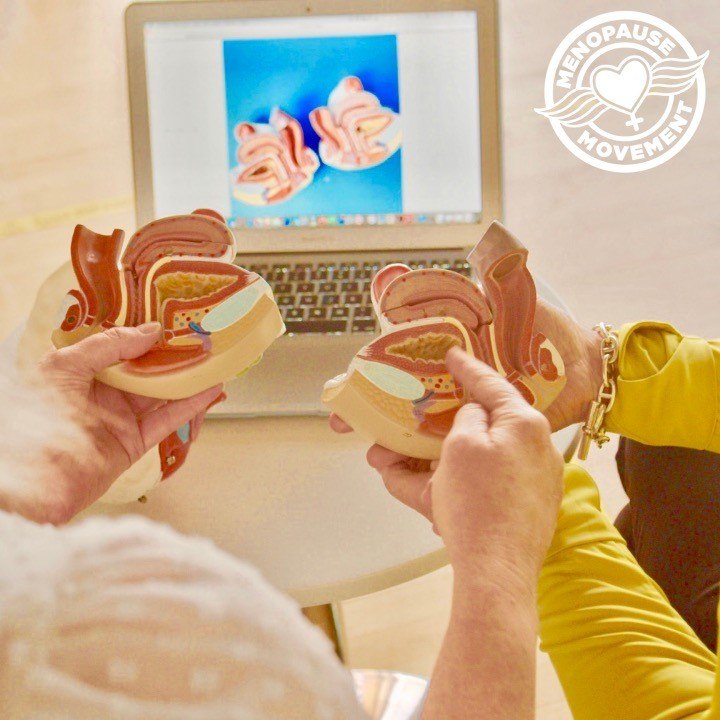
Vulvae and vaginal atrophy, or VVA, has now been redefined as ‘urogenital symptoms of the menopause’. The new national menopause guideline from NICE, refers to it as urogenital atrophy, or UGA. In terms of terminology, I prefer urogenital atrophy at it highlights it’s not just genitalia, the bladder is affected too. In most of my clinics I will observe women with UGA and write letters each week to the GP’s requesting prescriptions.
So how do you talk to your GP when you want to ask for help? Not having clear vocabulary to describe our genitalia makes things more difficult for women. We often use names and euphemisms, so here’s the correct terminology: the urethra is where we wee from, the vagina is inside, the vulva is outside, and the anus is at the back.
What is UGA?
UGA affects the bladder, the clitoris, the labia, introitus, urethra and bladder. It’s a chronic and progressive condition caused by declining oestrogen that fluctuates during the perimenopause, then flat-lining post-menopause.
Often symptoms start a couple of years after the menopause and women don’t always associate it with falling oestrogen levels, assuming it’s part of normal ageing. UGA won’t recover spontaneously, and needs long term treatment.
How does UGA feel and how can you recognise it?
There is a huge variation in people’s experiences. But one thing all experiences have in common is just how miserable UGA can be, bringing itchiness, dryness, or watery discharge. During arousal you may not feel wet, and the vulva and vagina can be painful during sex. Some women find that when they’re just sitting, they can feel a general burning sensation, whilst for others it’s pain in one spot.
You may see part of your labia or clitoris disappearing- you’re not going mad! There can be tissue wasting, as well as bladder issues such as urgency, increased frequency, and recurrent infections. Why bladder symptoms? A healthy vagina has low microbial diversity, needing an acidic pH to prevent infection. The decline in oestrogen changes the pH, making it less acidic, therefore increasing the prevalence of infections, which in turn affects the bladder.
How can UGA be treated?
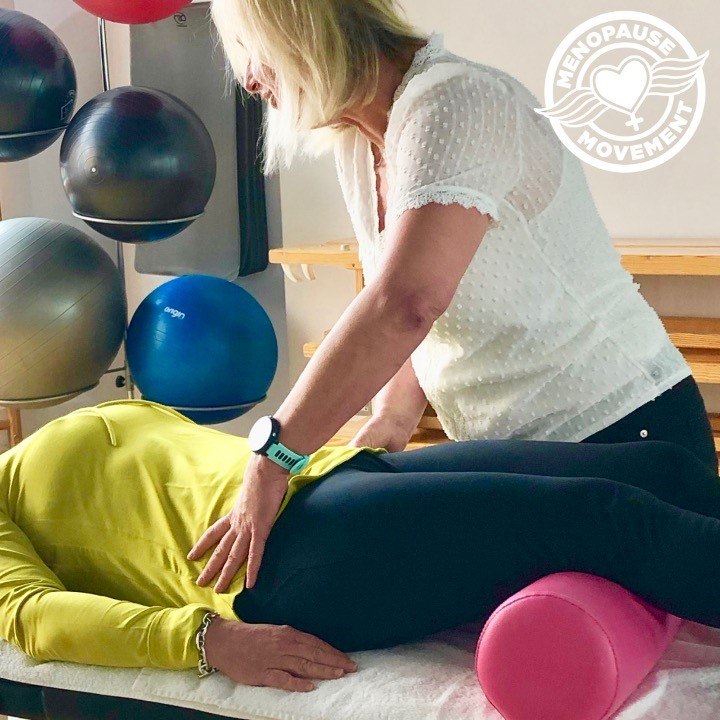
The good news is that treatment is effective! Studies have shown that pelvic floor muscle training combined with topical oestrogen is the gold standard treatment. Training improves blood flow in vulval and vaginal tissues, increases elasticity, and increases pelvic muscle relaxation capacity too.
However, despite treatments being available, affordable, and safe, a large European study showed that UGA remains underdiagnosed and under treated in the UK. As many as 80% of these women will present with symptoms but they go unreported to the doctor, and more than 50% are likely to present with symptoms.
What can help?
- Topical low-level oestrogen, used as a pessary or cream, is considered safe and very effective. Oestrogen is vaso-active, increasing blood flow, improving strength, muscle mass, and increasing urethral resistance. It also helps to raise the bladder sensory threshold and promotes bladder relaxation to control sudden urgency. It’s a nutrient for genital and bladder tissue. However, not everyone can use topical oestrogen, so talk to your GP, gynaecologist or oncologist, as there are some effective and safe alternatives.
- Over the counter personal lubricants and moisturisers are very effective. Some, like Sylk Natural with it’s vaginal friendly pH, are available on prescription. Whilst adding lubricants and moisturisers is to be encouraged, bubble baths and vaginal washes are not! Avoid anything scented or soapy in and around the vagina.
- Lifestyle modifications, such as being less sedentary, regular sexual activity if possible, and stopping smoking have also been shown to help elasticity.
- Specialist pelvic floor physiotherapist can help with pelvic floor muscle training to improve the elasticity and strength of your pelvic floor, helping you train the pelvic floor to be bouncy, strong, and responsive.
A healthy vagina makes for a happier woman, and a happier midlife and beyond!
Menopause Movement are delighted to offer Sylk users a 25% discount on their training course & membership to a community network specifically for health and fitness professionals who treat women through menopause. Book your course here, and don’t forget to use code SYLK25 at the checkout.
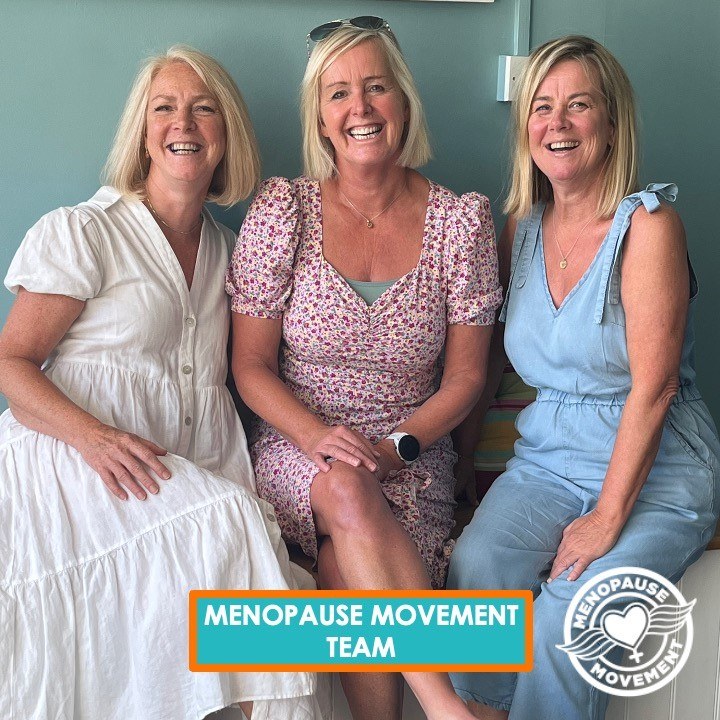
Co-founders of Menopause Movement
